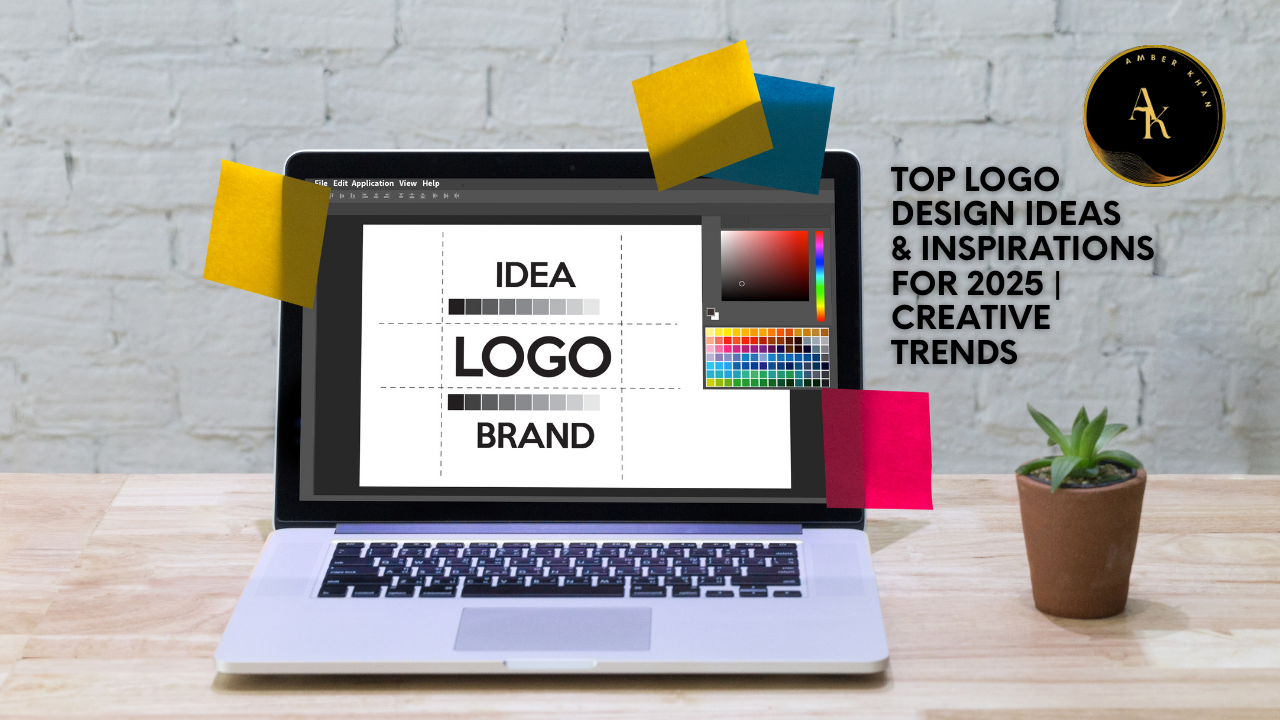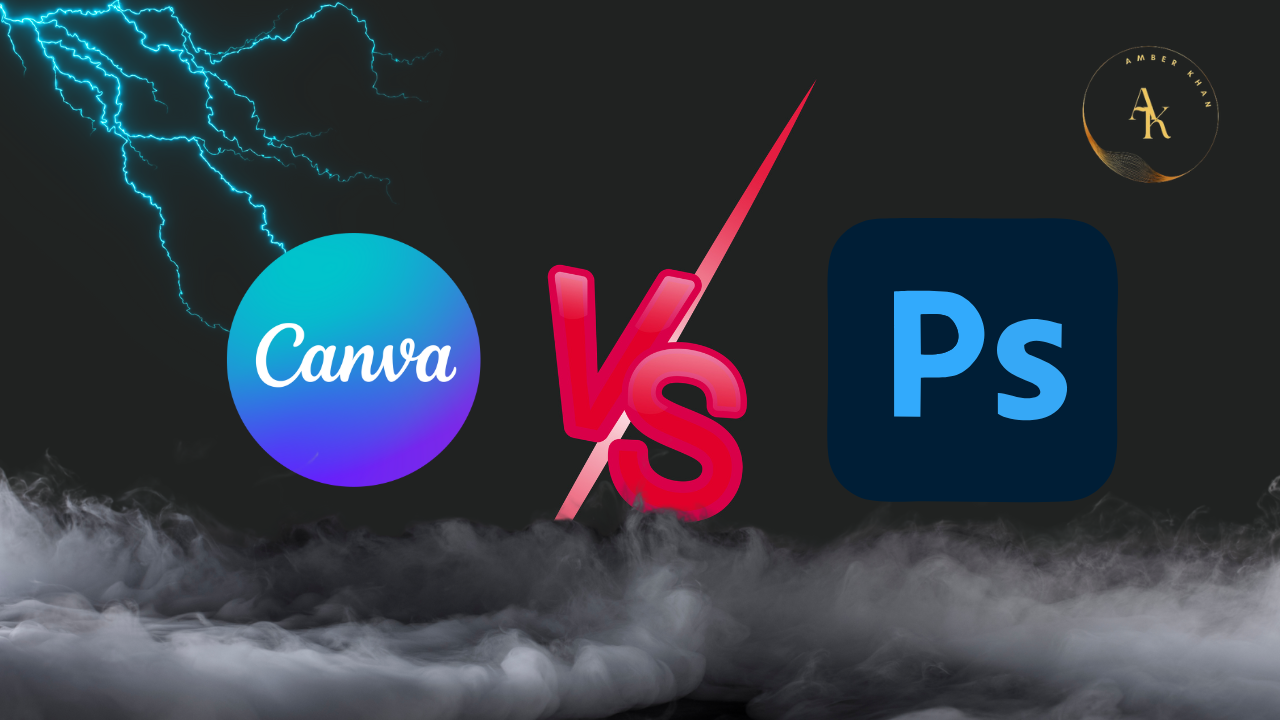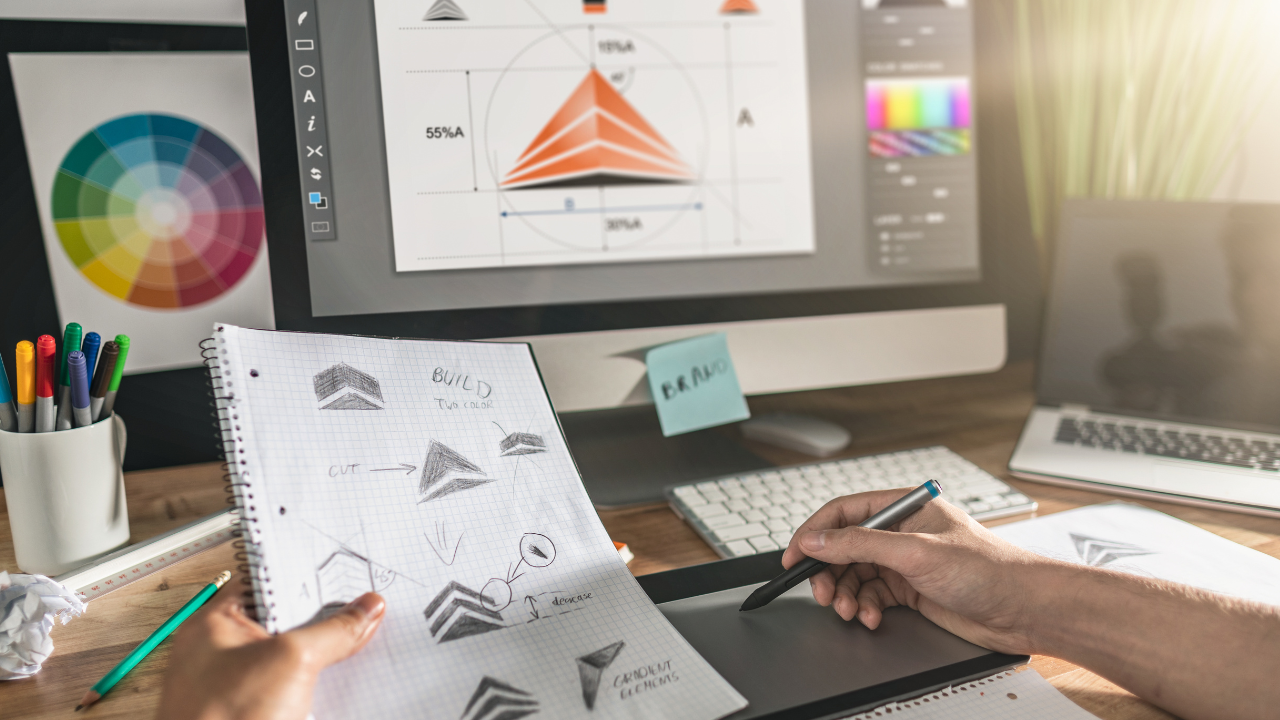
In a world increasingly driven by visuals and fast-paced communication, graphic designing has become more than just an artistic skill—it’s a crucial tool for personal expression, business growth, communication, and digital success. Whether you’re a student, entrepreneur, marketer, or content creator, learning graphic design equips you with a competitive edge in both professional and creative environments. This article explores the importance of learning graphic designing, how it impacts industries, and why it’s a valuable skill in today’s digital age.
1. Graphic Design is the Language of Visual Communication
Graphic design is all about communication through visuals. Whether it’s a social media post, a website banner, or a product packaging design, visuals speak louder and faster than words. People process images 60,000 times faster than text, making visuals the most effective way to communicate a message quickly.
Learning graphic design empowers you to deliver ideas, promote products, or express creativity through colors, shapes, layout, and typography. From infographics to logos, every design element contributes to a story. In a noisy digital world, graphic design helps you cut through the clutter and reach your audience clearly and creatively.
2. A Must-Have Skill in the Digital Economy
Today’s economy is increasingly digital. Every business, organization, and individual has some presence online—whether through websites, social media, apps, or online advertising. These platforms depend heavily on visual content to attract, engage, and convert audiences.
From branding to UI/UX design, the demand for quality visuals has grown rapidly. Companies are constantly looking for graphic designers who can create visuals that reflect their brand identity and connect with users. Learning graphic design opens doors to careers in marketing, advertising, branding, web development, and even freelancing. It’s a skill that fits seamlessly into the modern job market and is only expected to grow in value.
"With the right Google Ads strategy, your business can reach new heights, attract audiences, & drive growth."
— Omar Smith
3. Enhances Your Creative Thinking and Problem-Solving Skills
Graphic design is not just about making things look good. It involves creative thinking, strategic planning, and problem-solving. Designers are often given a message or problem to solve visually—such as creating a poster to promote an event or designing a user-friendly app interface.
Through the design process, you learn to think from the perspective of the audience, balance aesthetics with functionality, and develop solutions that are not only beautiful but also effective. This builds a mindset of visual problem-solving that can be applied in many areas of life and work.
4. Empowers Personal Branding and Freelance Opportunities
In the age of personal brands, influencers, and digital entrepreneurs, having graphic design skills can be a powerful asset. You can design your own logo, build a professional social media presence, create custom content, and present yourself with confidence and style.
For freelancers, graphic designing offers a huge earning potential. Platforms like Fiverr, Upwork, Freelancer, and Canva Creators allow skilled designers to offer services worldwide. From designing logos to social media kits, templates, eBooks, and merchandise—the opportunities are endless.
By learning graphic design, you’re not just acquiring a job skill—you’re building a toolkit for independence and creative entrepreneurship.

5. Boosts Marketing and Business Success
For business owners, marketing professionals, and digital creators, graphic design is essential to reach and influence audiences. A strong brand identity, attractive visuals, and consistent design make a huge difference in how a brand is perceived.
Whether you’re running ads, managing a brand’s Instagram, or launching an online course, your success often hinges on how visually appealing and professional your content looks. Good design builds trust, enhances credibility, and increases engagement—while poor design can turn customers away.
6. Allows You to Tell Powerful Stories
Every brand, product, or campaign has a story to tell—and design is the tool that helps bring that story to life. Through colors, images, layout, and typography, graphic designers create emotional connections with the audience.
A well-designed poster can inspire action. A beautiful packaging design can make a product feel premium. A thoughtfully created infographic can make complex data easy to understand. Graphic design bridges logic and emotion, making it a key player in digital storytelling.
Learning design gives you the creative freedom to express your own ideas, connect with others, and build stories that make an impact.
7. It's a Future-Proof Skill in the Era of AI and Automation
As industries evolve and technology advances, many traditional jobs are being automated. However, creativity remains one of the few irreplaceable human skills. While AI tools like Canva, Adobe Firefly, and Midjourney help speed up the design process, they still rely on human creativity, vision, and direction.
Knowing how to design—understanding color theory, layout principles, typography, and branding—makes you valuable in a way machines can’t replace. Learning graphic design is an investment in a future-proof skill that will continue to be relevant, even in the age of automation.
8. No Expensive Degree Required—Anyone Can Learn
One of the best things about graphic design is its accessibility. You don’t need a university degree or expensive setup to get started. Free tools like Canva, Figma, GIMP, and Gravit Designer make it easy for beginners to learn the basics. Platforms like YouTube, Coursera, Skillshare, and Udemy offer tutorials for every skill level—from beginner to advanced.
With practice, dedication, and a good portfolio, even self-taught designers can land high-paying jobs or freelance projects. It’s a skill you can build at your own pace, from anywhere, and turn into a full-time or side career.
9. Connects You with a Creative Global Community
Graphic designing is more than just a job or skill—it’s a community. Online platforms like Behance, Dribbble, Instagram, and Pinterest are full of talented creators who share, inspire, and collaborate. Learning design helps you join a global network of creatives, freelancers, and professionals.
Being part of this creative world opens up opportunities for networking, feedback, growth, and inspiration. It allows you to collaborate across borders, participate in contests, and stay updated with the latest design trends and tools.

Conclusion: Learn Graphic Design—Empower Your Future
In conclusion, graphic design is a powerful, versatile skill that holds immense value in today’s visual and digital world. It allows you to express your ideas, boost your career, enhance your marketing, and even build your own brand or business. Whether you’re a student, professional, or entrepreneur, learning graphic design equips you with a toolset for communication, creativity, and success.
It’s not just about making things look good—it’s about making them work beautifully and meaningfully. With so many free tools, tutorials, and platforms available today, there’s no better time to start your journey into the world of graphic design.
Latest Blogs
Canva vs Photoshop: Which is Better for Beginners in 2025?
Latest Graphic Design Trends You Must Know in 2025
FAQ
Get Your Answers Here
1. Why is graphic design important in today’s digital world?
Graphic design is important because it helps communicate messages visually, making information easier to understand and more engaging. In a digital world filled with content, strong visuals help brands and individuals stand out.
2. How does graphic design impact businesses?
Graphic design impacts businesses by creating brand identity, improving marketing efforts, and attracting customers through engaging visuals. From logos and websites to social media campaigns, design plays a key role in building trust and increasing sales.
3. Is graphic design a good career choice?
Yes, graphic design is a great career choice. The demand for skilled designers is growing across industries like marketing, advertising, branding, and web development. Freelancers also have global opportunities on platforms like Fiverr, Upwork, and Freelancer.
4. What skills can I gain from learning graphic design?
By learning graphic design, you gain skills in visual communication, creative problem-solving, branding, UI/UX design, and digital content creation. These skills are valuable for both professional growth and personal projects.
5. Do I need a degree to become a graphic designer?
No, you don’t necessarily need a degree. Many successful designers are self-taught using online courses, tutorials, and practice. What matters most is building a strong portfolio that showcases your creativity and skills.
6. Can graphic design help with personal branding?
Absolutely. With graphic design skills, you can create your own logo, design professional social media content, and build a unique personal brand that sets you apart from others.
7. What are the career opportunities in graphic design?
Career opportunities include roles such as brand designer, marketing designer, UI/UX designer, web designer, and freelance digital creator. Designers can also sell digital products like templates, eBooks, and merch online.





nice